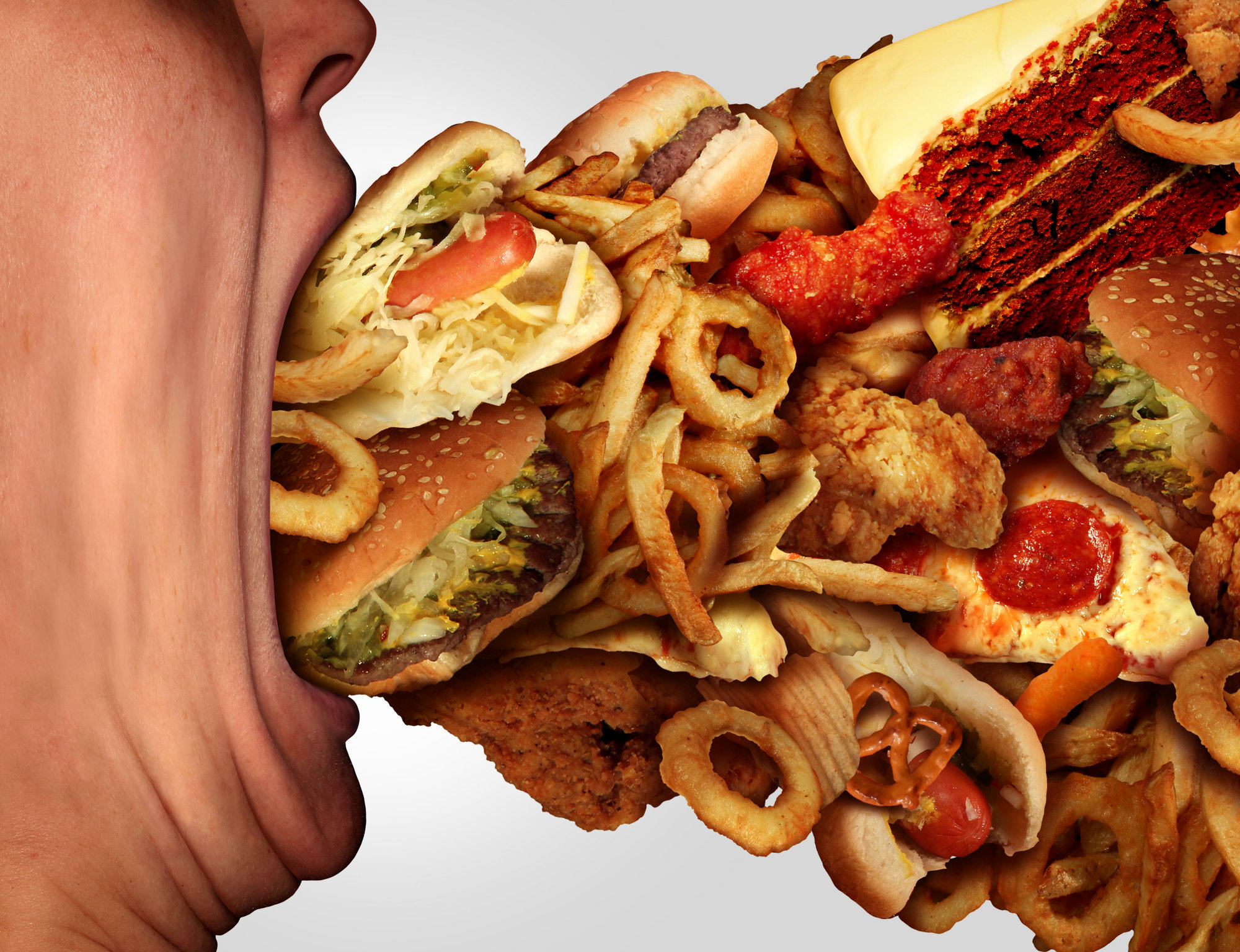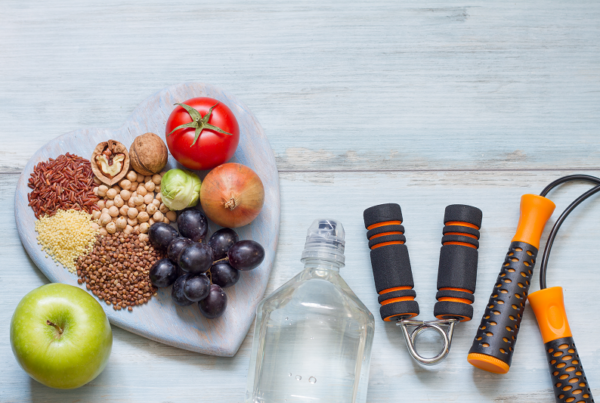
It’s time to downsize our portions!
Is it just me, or have you noticed how crazily super-sized food portions have become lately? I’m not just talking mega-boxed cinema popcorn or fast food so-called ‘extra value’ meals in fast-food chains. I’m also talking about your everyday, seemingly ‘harmless’ supermarket foods. Here’s one seriously scary fact: did you know that some common foods have increased in size by as much as 50 to 100 per cent?
To put that into context, take the humble bagel. A few years ago it was about three inches in diameter, punching in at roughly 140 calories. The 2017 equivalent is more like six inches in diameter, delivering roughly 210 calories – that 60 calorie difference adds up. Over the course of a year (if you ate that bagel every morning), that could lead to a weight gain of almost half a stone!
Or look at the average scone served up today…it must be three to four times the size of the traditional home-baked scones. Or how about the average ready-meal? One study undertaken by the British Heart Foundation, showed that portions of Shepherd’s Pie ready-meals had doubled in size over the past two decades. Don’t even get me started on the so-called ‘share bags’ of crisps because, let’s face it, how many of us really do ‘share’?!! It’s a marketers dream…sell more product for more money because we think it’s ‘value’.
Studies have shown us that portion sizes dramatically influence how much we eat. Put simply, larger portions encourage us to eat more – if it’s served up to us, we’ll eat it. Bigger portions shape our view of what is a ‘normal’ amount to eat – what’s now known as ‘portion distortion’.
So what can we do about it, how can we downsize our portions?
We need to lobby food manufacturing companies to create an environment that supports healthier food portions. But we just can’t afford sit around waiting for that to happen. It begins with taking more personal responsibility for the size of our portions. WE need to decide how much is enough.
That means making it clear that we don’t want our wrap overfilled with contents at the lunch deli. It also means saying ‘no’ to offers to upgrade our meals to bigger sizes, just for a euro or two extra…no matter how tempting it is. And it means leaving food on our plate, or taking it home (tomorrow’s lunch!) if we’re served too much at a restaurant.
In supermarkets, we can become more conscious of portion distortion – and be clever about it. Buy one meal that says ‘for one’ but serve it up for yourself AND your friend/partner/flat-mate (add some greens or salad to ‘bump’ it up) – which saves money AND calories.
At home, use a smaller plate and be conscious that women need less calories than men and, likewise, children require a ‘child’s portion’ so don’t overfill their plate. Also, think about what ‘value’ means to you. As someone who used to finish everything served up to her, believe me, I know how easy it is to overeat. But my new way is to find out what ‘enough’ is by eating slowly and mindfully. That way, it’s my stomach that let’s me know when I’ve had enough. Think about this for a moment…sometimes a food is actually more ‘valuable’ in the bin, than in your stomach! We all hate waste, but it’s definitely more wasteful if you’ve overeaten it.
It’s time to downsize our portions before we explode!



